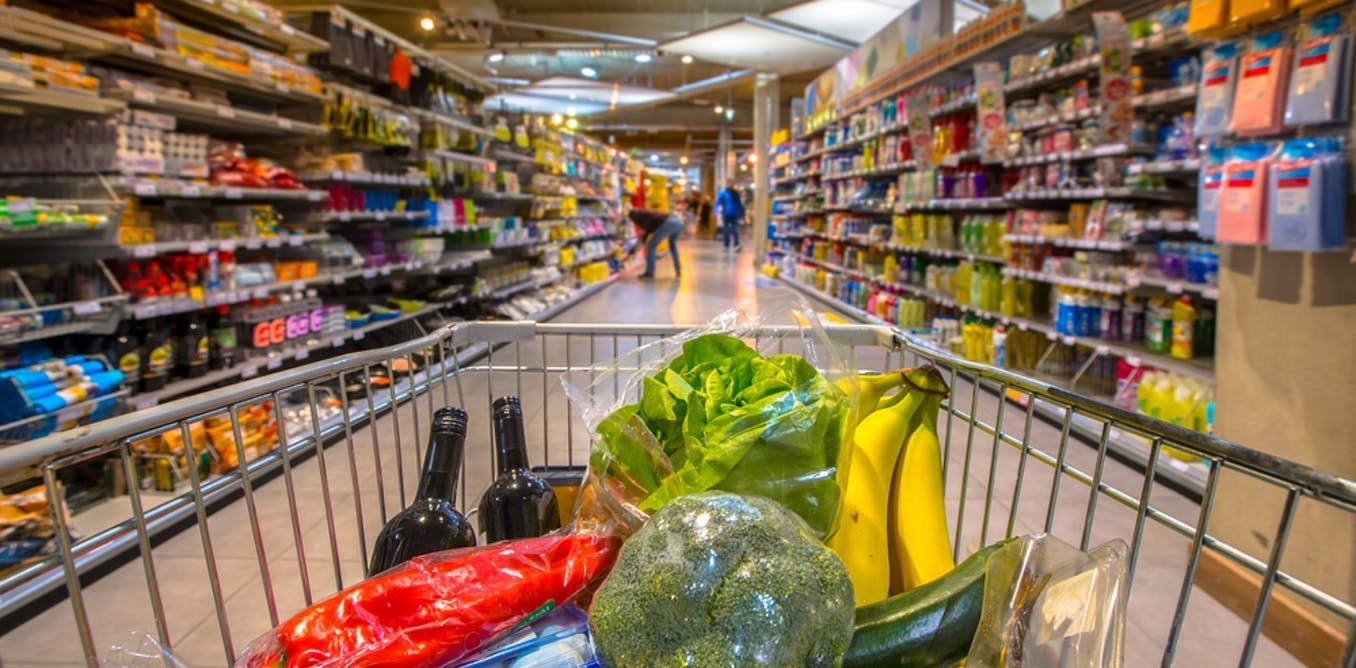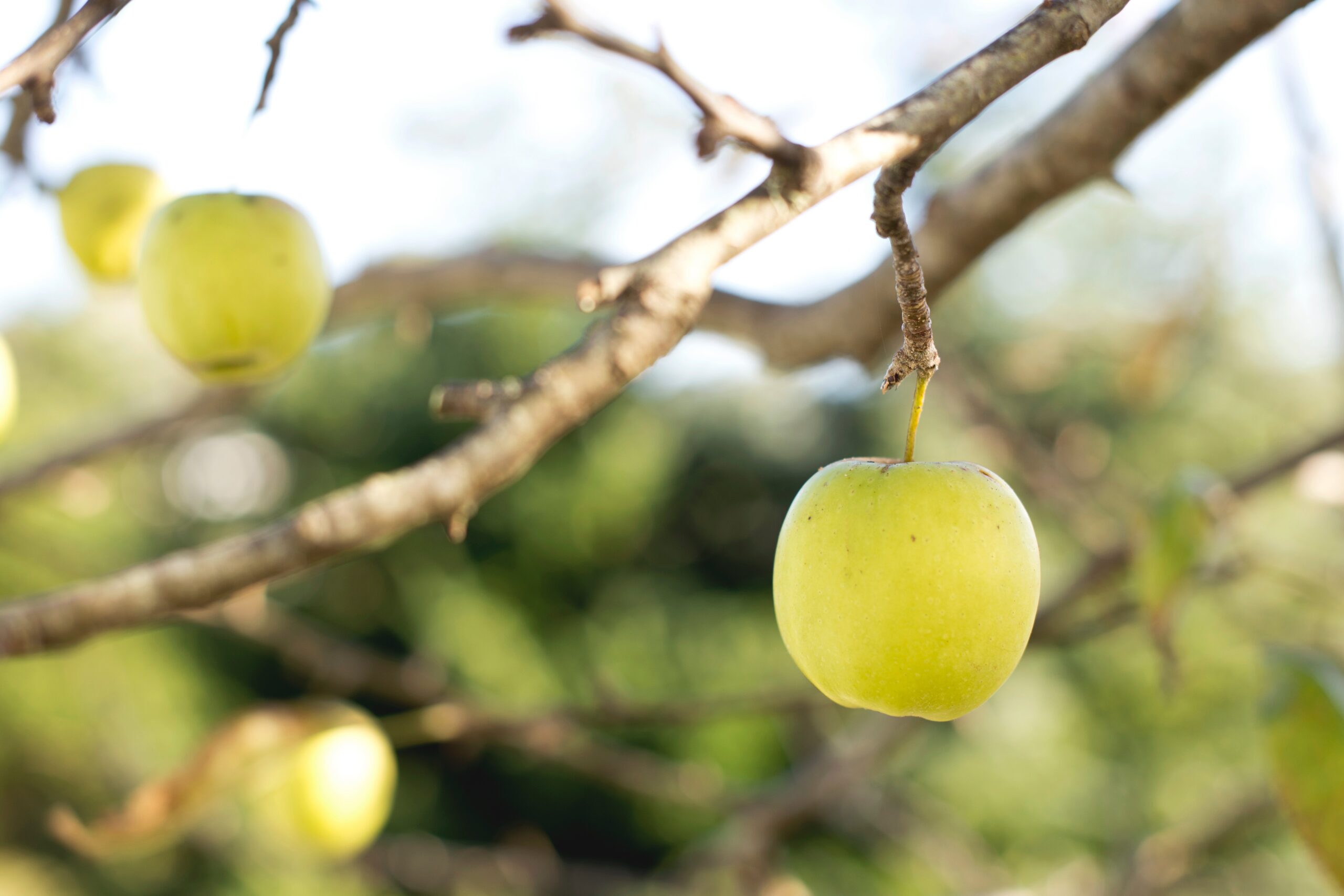
Healthful or Harmful: How to Read Organic Labels

Most Environmentally-Responsible Meat You Can Eat

Trying to Pack a Healthy Lunch? Avoid Using These Items

The Food Gap is a Perfect Indictment of The Way We Treat Poverty

Why does organic food really cost more?

